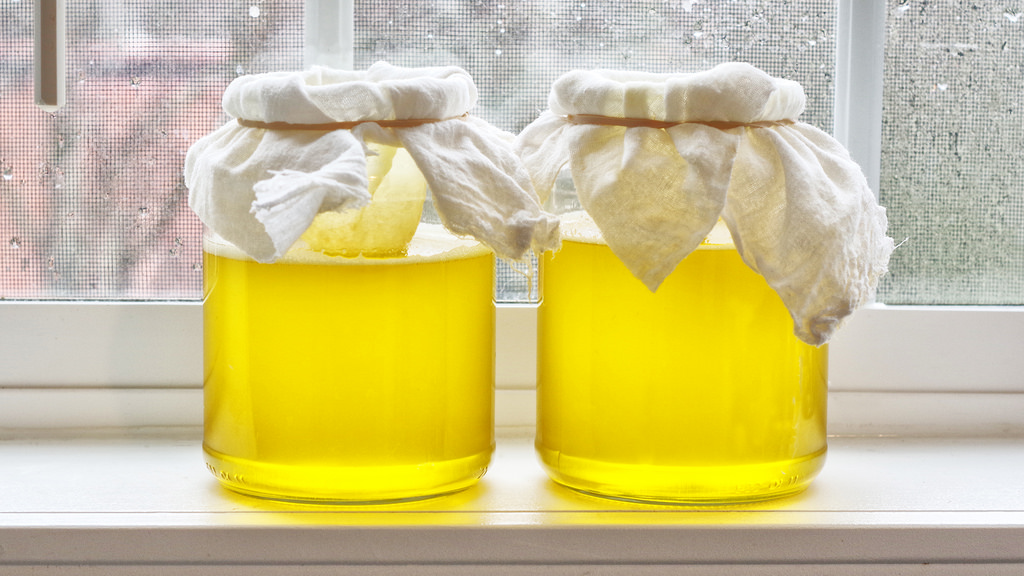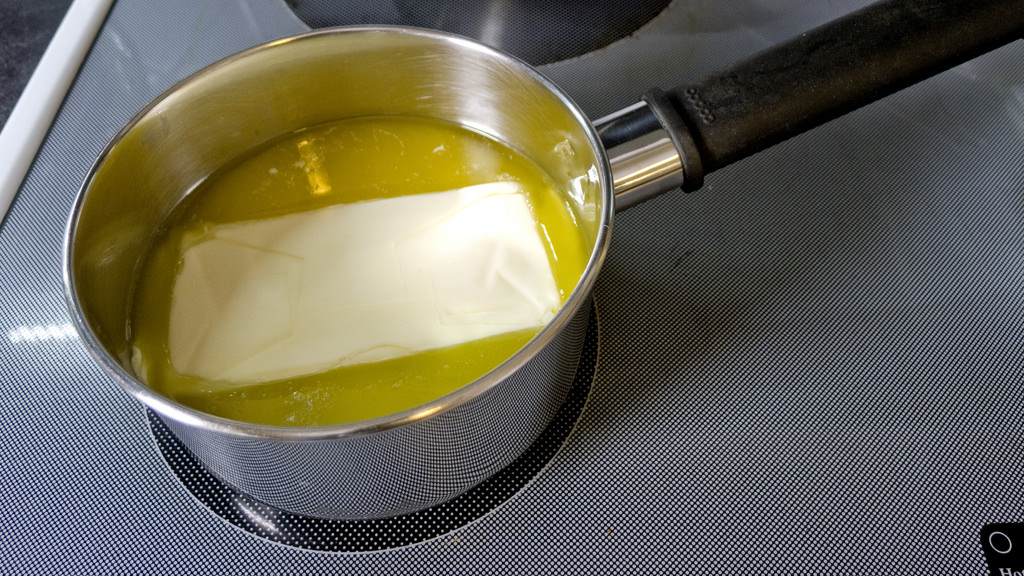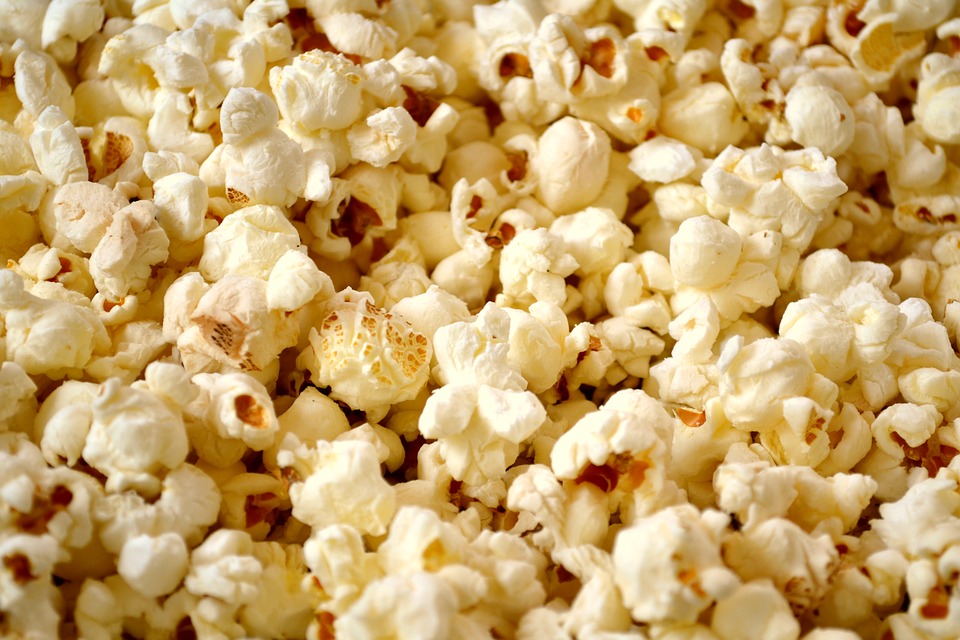What is all the Fuss about Ghee?
I, like many folks, did my little stint of hopping on the keto diet bandwagon (and coming back off it pretty shortly after). I got a ten dollar keto cookbook at Costco, which my husband gave me a hard time for since he thought it was more of a “phase” and trial period--I assured him it was a new way of life and by golly--he was right haha. It lasted about two or three weeks for us--for now at least ;) While I think there are so many good things about the keto diet, the holidays came and I couldn’t resist all my favorite carb-heavy goodies! Maybe I’ll break out the cookbook and give it a real college try in 2019, we’ll see.
Anyway, something you will see a lot in keto recipes or paleo recipes is something called ghee. It is an Indian butter product that has a high fat content, and is a little bit different than butter. Let’s get into it.
What is Ghee?

Ghee and butter look similar, taste similar, and are even next to each other in grocery stores, but there are some major differences between the two. Basically, ghee is an Indian version of clarified butter. You make ghee by melting regular butter, evaporating the water content, and removing milk solids until all that is left is pure butterfat. The only difference between ghee and clarified butter is ghee is more flavorful because you can achieve a nutty, caramel essence by browning the milk solids before straining them out of the butter.

The milk solids are actually what give regular butter a low smoke point (250 degrees F); the smoke point of ghee is raised to 400 degrees F, which then makes it suitable for cooking at a high heat.
Even though ghee is derived from regular butter, it has a different nutritional profile than butter because the milk solids and casein are removed. This makes ghee more suitable as a butter substitute for anyone with lactose intolerance.
Which is Healthier: Ghee or Butter?
When you compare the nutritional facts of ghee vs. butter, butter actually comes out slightly better. Ghee has a slightly higher concentration of fat than butter and more calories. Ghee has 120 calories in 1 Tbsp. and butter has 100 calories in 1 Tbsp.
A true ghee recipe that follows ancient traditions also has a fermentation process that adds starter cultures to pure cream before churning for tangy notes and gut-cleansing benefits. So that is another way that ghee is different and better for you than regular butter.
So if you are someone with a dairy sensitivity or are on a high fat ketogenic diet, ghee would be the way to go with its higher fat content. If you are just looking for a flavorful fat flavor, stick with butter.
Yummy Ways to Use Ghee

Some favorite ways people like to use ghee is to:
-Drizzle of vegetables like brussel sprouts before roasting. It actually caramelizes and makes them delicious.
-Melt ghee and drizzle over popcorn
-Add it to any and all pasta, even if it’s just topped with tomato sauce. Suddenly a light sauce is rich without the heaviness.
-Mix it with hot sauce to make buffalo chicken wings. Once again, you get all the flavor without the extra heaviness.
-Use it for a grilled cheese sandwich. It will look all shiny, crisp and melty just like you wanted, but feel significantly less and taste significantly more. What more could you ask for?
Have you used ghee before? What ways do you like to use ghee? Please share in the comments below.
- www.foodrepublic.com
- www.realsimple.com
 Mary Richardson
Mary Richardson
Weekly Newsletter Contributor since 2014
Email the author! mary@dvo.com
